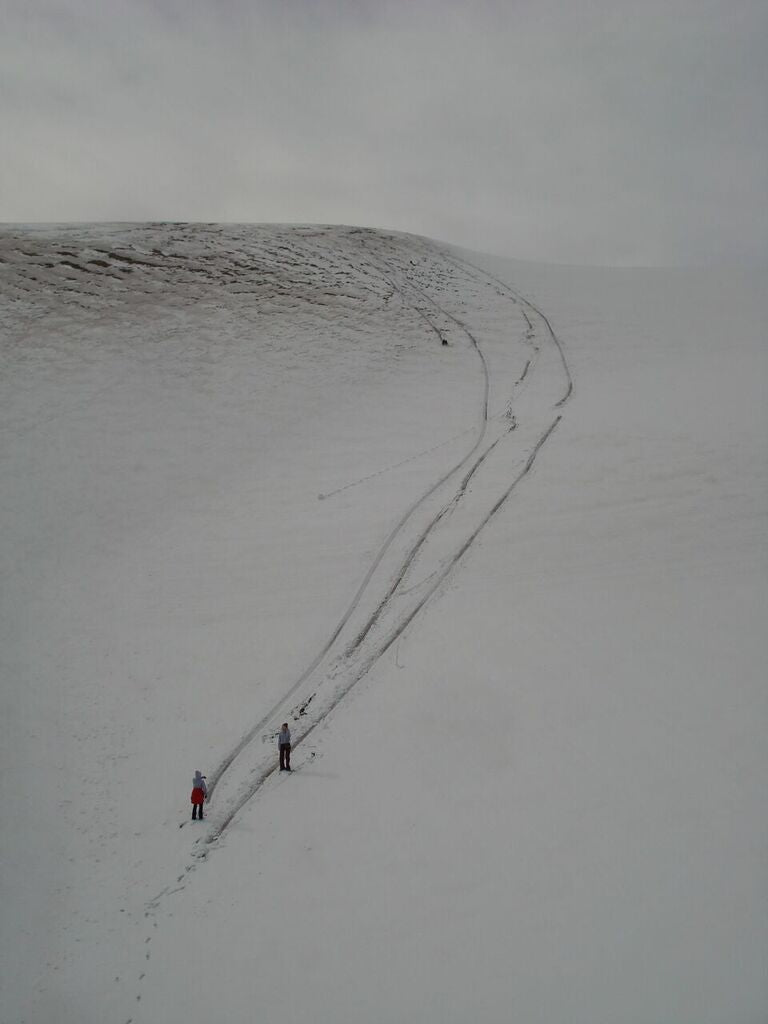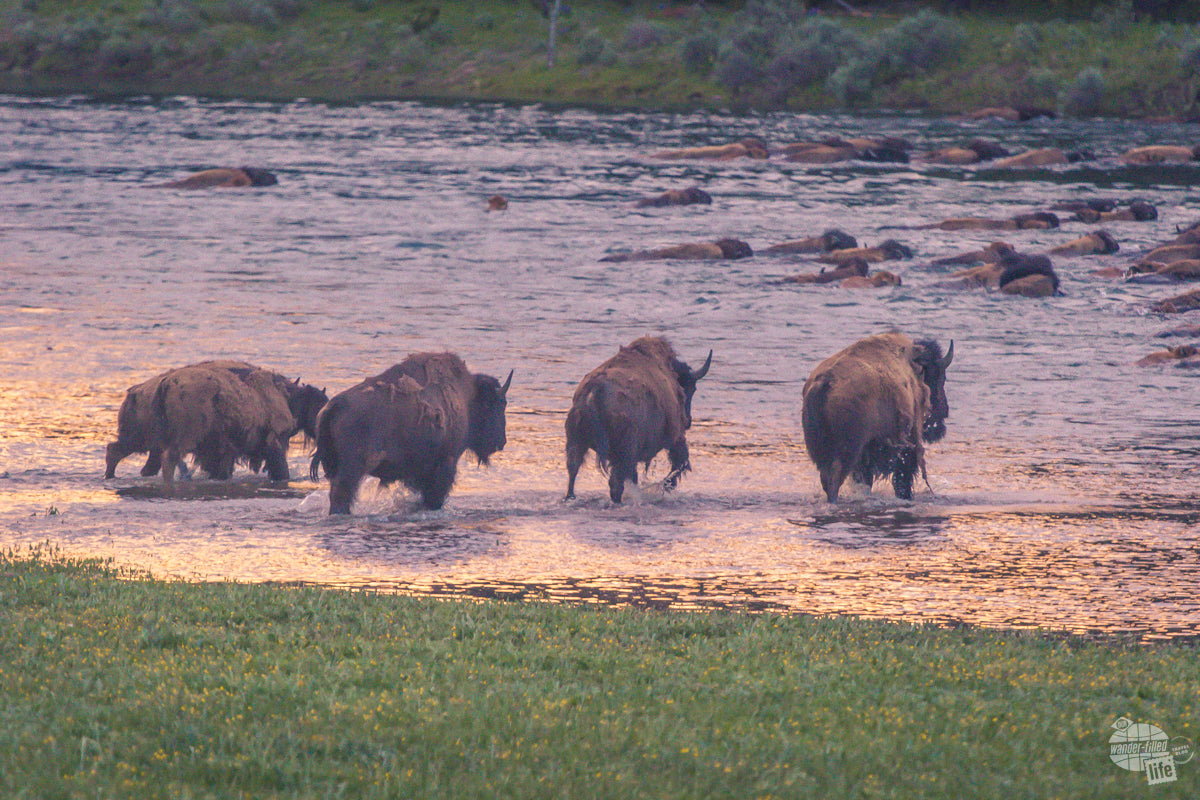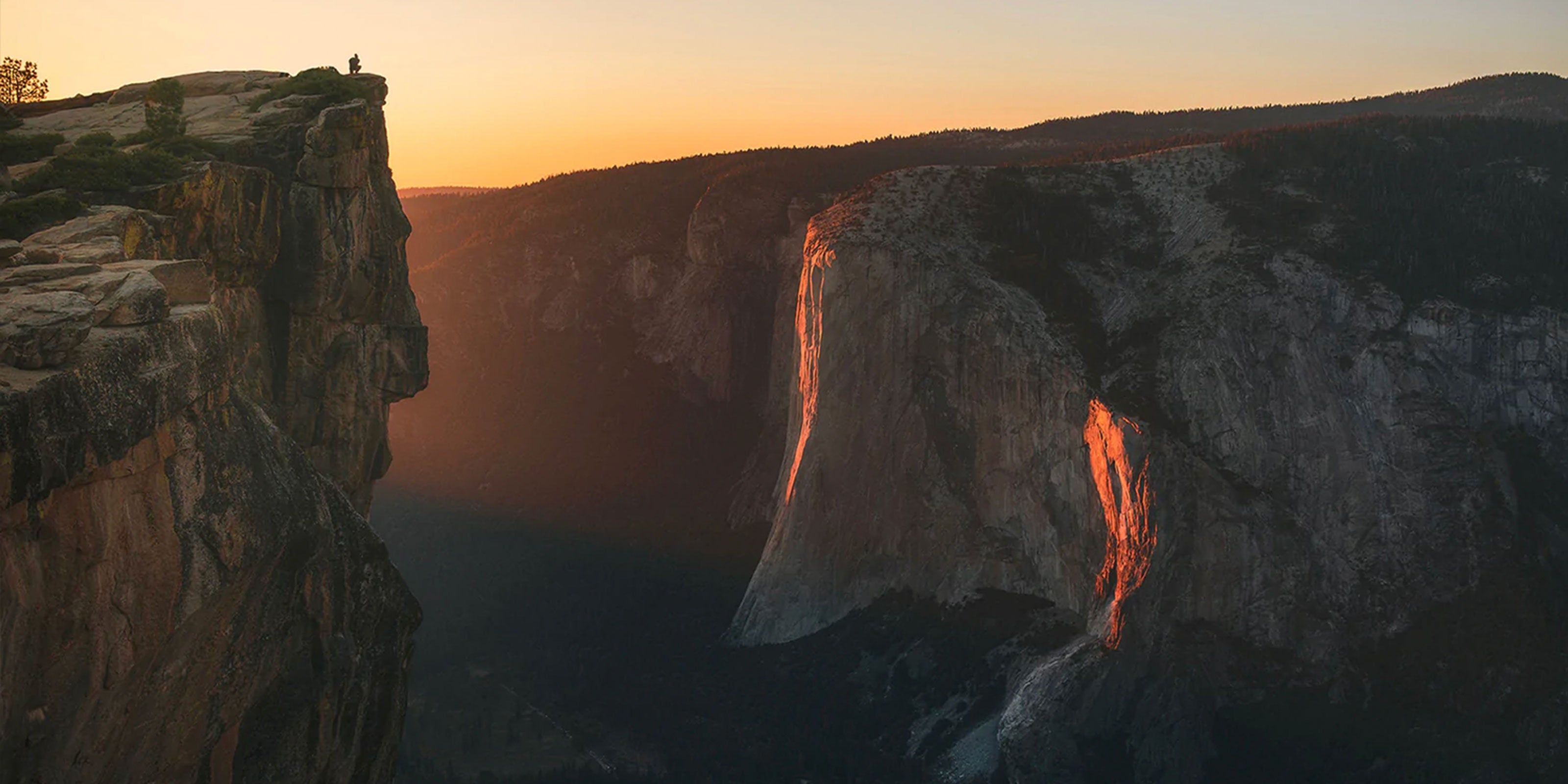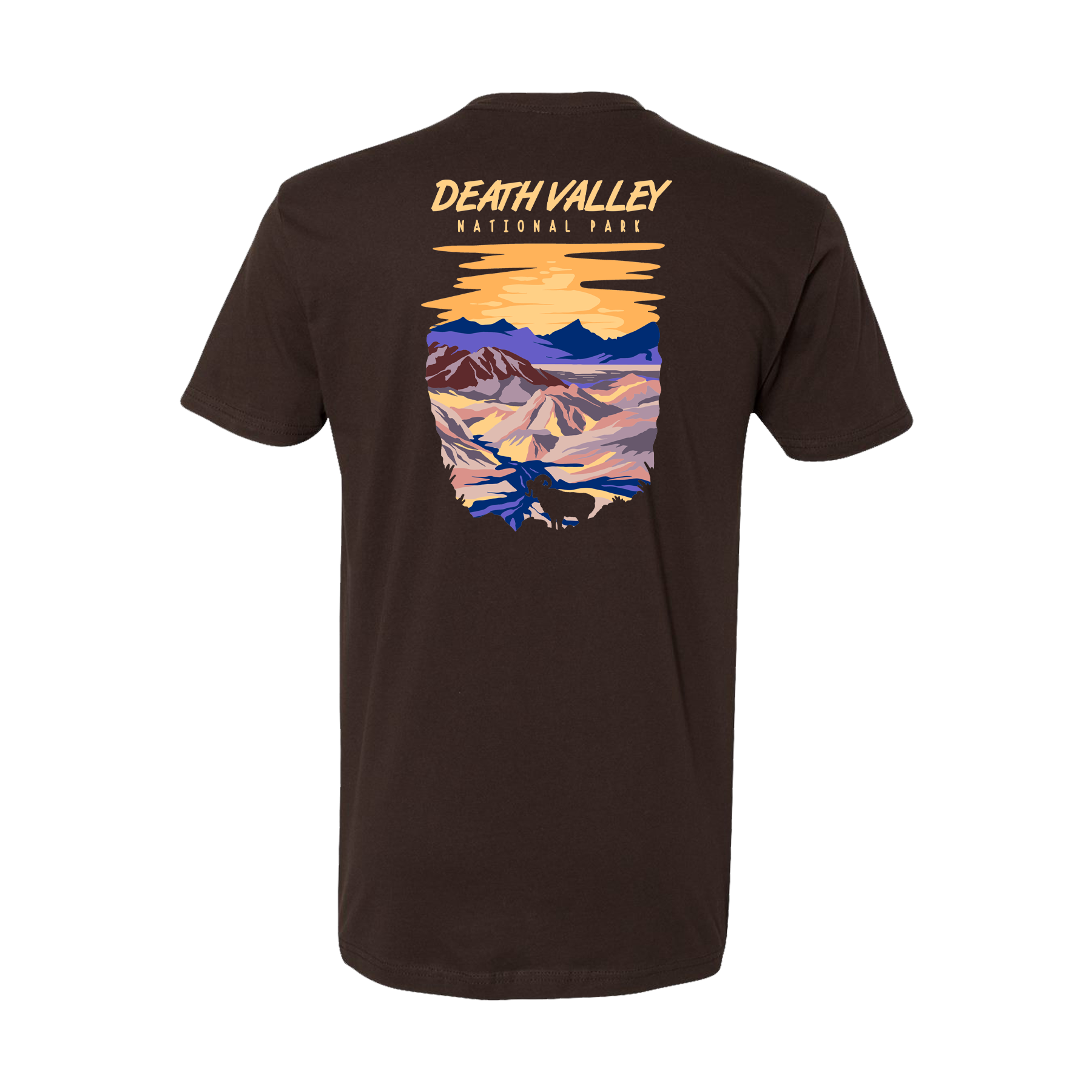With over 400 units in the National Park Service, there are numerous opportunities for visitors to explore nature, culture, and history. Common ways for people to engage with and explore their national parks are through hikes, scenic drives, wildlife viewing, and exploring the educational offerings at visitors centers. What many people don’t know is that many of the parks have unique activities that stretch beyond these well-known popular activities. Five of these little known in-park activities are highlighted below:
Test Your Endurance in Everglades National Park
The best way to see Florida’s Everglades is by getting out of your car and into nature. To help promote people to explore the variety of landscapes in the area, Everglades National Park and the Big Cypress National Preserve partnered to create the Tamiami Trail Triathlon. The Tamiami Trail “Triathlon” is a 21.5 mile bike-hike-canoe adventure in Everglades National Park and the Big Cypress National Preserve. The two National Park Service units teamed up to create a unique experience that showcases the diverse natural elements through a hike in cypress swamps and pine uplands, a bike alongside a river brimming with flora and fauna, and a canoe or kayak voyage in a mangrove forest.

Unlike a traditional triathlon, this self-guided and self-paced version has a route that is accessible year round. Visitors can pick not only the time and date of their triathlon, they can also complete the three activities in any order they choose. While there are no water stations and motivational crowds, the Tamiami Trail Triathlon has signs posted at all activity locations to guide participants. A trail guide can be picked up at either visitor center and provides participants an opportunity to answer a handful of questions for a special prize. For those visitors without gear, bikes can be rented at the Shark Valley Visitor Center and canoes and kayaks can be rented at the Gulf Coast Visitor Center.
Embrace Your Inner Artist in Yosemite National Park
Arguably one of the most stunning units in the National Park Service, Yosemite National Park in California is considered a pilgrimage for many creatives. To support this community, the Happy Isles Art and Nature Center was created to host creative workshops for visitors to the park. The workshops are run by the Yosemite Conservancy and there are activities for all ages. For those looking for more in-depth or outdoor art opportunities, small group art classes are also available.
The small group art classes vary depending on the time of year and skill level of participants. Specific classes are available for a variety of mediums and techniques including watercolor, mosaics, acrylics, charcoal, drawing, and printmaking. Classes also feature seasonal, topical, and environmental perspectives. Classes are taught by Yosemite’s Artists in Residence or volunteers. For participants without art equipment, supplies can be rented or borrowed on a first-come-first-serve basis.
Build a New Skill in Prince William Forest Park
Talk of orienteering often makes people reflect upon their youth in scouting programs. However, orienteering is a useful skill that can be learned at any age and can be a great activity for small groups of families and friends. Orienteering involves using a topographical map and compass in tandem to locate control points within a designated area. Boasting 30 orienteering courses that were developed in partnership with the United States Marine Corps, Quantico Orienteering Club, and the Swedish Military Orienteering Team, Prince William Forest Park in Northern Virginia is the perfect place to learn and practice this skill.
Visitors interested in orienteering can pick-up a map and compass from the park’s visitor center. While free-of-charge, the orienteering course maps and compass cannot be kept overnight or photocopied. Ranger-led orienteering programs are also available, but basic orienteering information is available at the visitor center. It should be noted that only half of the courses are available every year to prevent overuse.
Try a New Sport in Great Sand Dunes National Park
Many visitors flock to the Rocky Mountains to enjoy snow skiing, sledding, and snowboarding. However, it is a new unique sand-based take on those sports that is growing in popularity at Colorado’s Great Sand Dunes National Park. One reason for this growth is that sand sports are a great activity for families and do not require extensive training in order to participate.

Within the park, visitors can board, sled, and ski anywhere on any vegetation-free portion of the sand dunes. The park recommends using the Dunes Parking Area for the best access to a variety of sand sport-friendly slopes. Special boards and sleds designed for sand are needed, as snow-designed options do not work on the dry surface of the sand dunes. While the National Park Service does not rent sandboards, sleds, or skis, local outfitters do. See the Park’s Sandboarding and Sand Sledding webpage for details on renting or purchasing equipment.
Rejuvenate Your Body in Big Bend National Park
While not as famous as the ones in Hot Springs National Park, the Texas-based hot springs in Big Bend National Park can be just as rejuvenating. The hot springs have been calling to visitors seeking to bath in the reputed healing powers of the 105°F water long before the park was formed. Situated on the edge of the Rio Grande River, the hot springs can be found in the foundation remains of an old bathhouse and have incredible scenic river views.
Visitors wishing to see or use the hot springs should follow the two-mile gravel road to Hot Springs Historic District. It is important to note that sections of this road are not open RVs and oversized vehicles. After parking in the historic district, visitors should take the hot springs trail half a mile along the river to the springs. The Rio Grande river does flood and can overflow the hot springs, so visitors should use caution and are using the hot springs at their own risk.
About the Author: Sara Beth Davis is the founder and writer behind Inner Compass Blog, a blog for weekend-wandering nature lovers. Based in Northern Virginia, she is often found exploring Shenandoah National Park, hiking along the Potomac River, or enjoying other nearby outdoor opportunities. She is active on social media and can be found through the handle, @InnerCompass.












